How Much Does A Ski Tune Up Cost, When To Do It & More 2024

As an avid skier myself, I know that skiing is an exhilarating winter sport, but to keep your skis performing at their best, regular maintenance is crucial.
One aspect of this maintenance is the ski tune-up. In this guide, I’ll delve into the cost of a ski tune-up, discuss whether it’s feasible to do it at home, explore the components of a full ski tune, and offer insights into when and how often you should tune your skis.
I will also provide some basic ski maintenance tips and answer common questions about ski care.
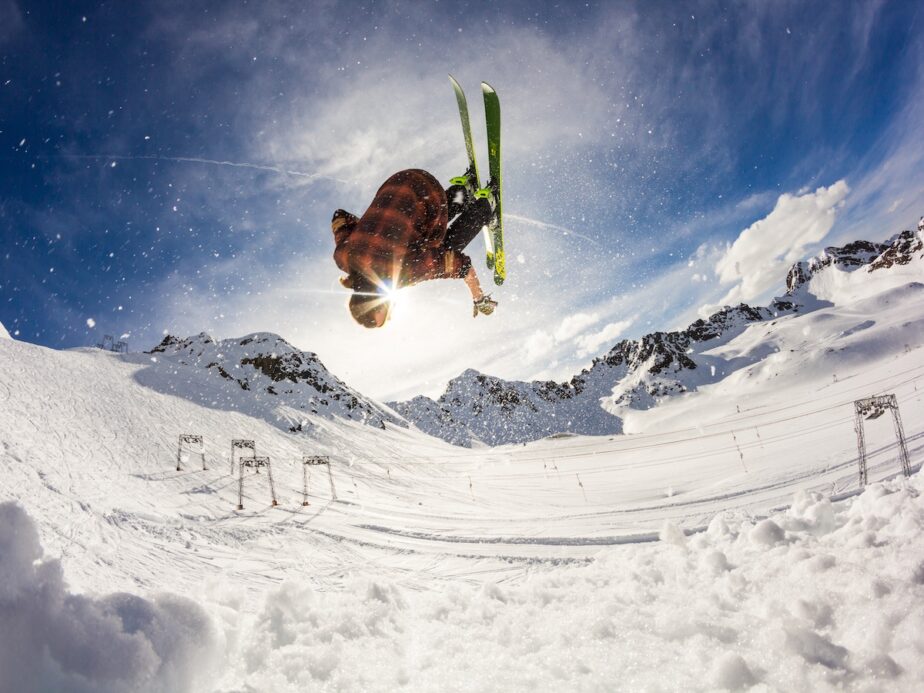
How Much Does A Ski Tune Up Cost
Getting your skis tuned up is an investment in their longevity and your skiing experience.
On average, a basic ski tune-up can cost between $30 and $75, encompassing edge sharpening, base grinding, and waxing.
Additional costs may arise for extra services like repairing major damage or addressing specific issues.
This can happen either through typical wear and tear or as a result of frequent excursions into the backcountry and tree skiing.
It’s essential to factor in these costs as part of your overall skiing budget, ensuring that your equipment is in top-notch condition for a seamless skiing experience.
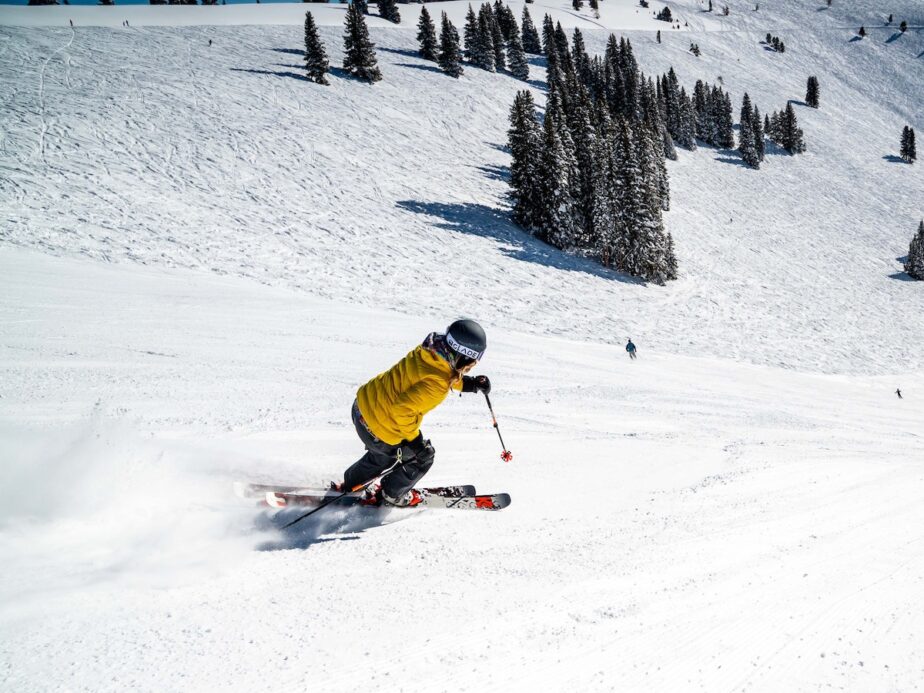
Can You Tune Your Skis at Home?
While the idea of tuning your skis at home may sound appealing, it’s a task that requires precision and expertise.
Achieving the same results as a professional ski shop can be challenging without the right tools and experience.
While basic tasks like waxing can be done at home, tasks such as base grinding and edge tuning are best left to professionals.
Investing in a professional tune-up ensures that your skis receive the comprehensive care they need.
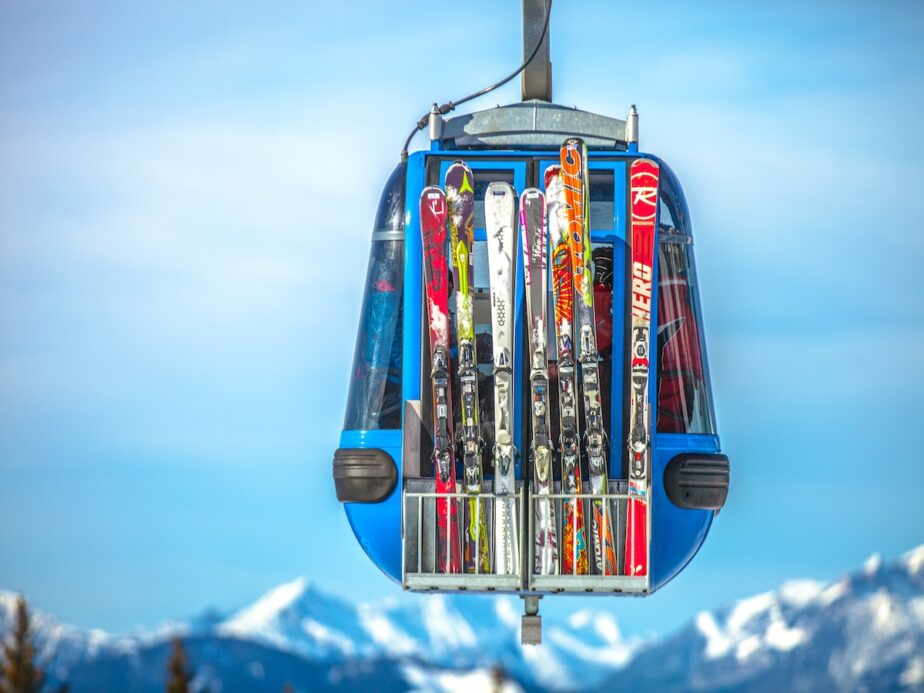
What Is A Full Ski Tune?
A full ski tune involves a meticulous process to optimize your skis’ performance. This includes base flattening, edge sharpening, and waxing.
Consider a full ski tune as a spa day for your skis, ensuring they are in top condition for gliding effortlessly down the slopes.
A full ski tune typically includes addressing specific issues like base damage or edge imperfections. Here’s a breakdown of what a full ski tune may entail:
- Base Flattening: Ensures a smooth and flat base for better glide.
- Edge Sharpening: Improves control and maneuverability on the snow.
- Waxing: Provides better speed and performance.
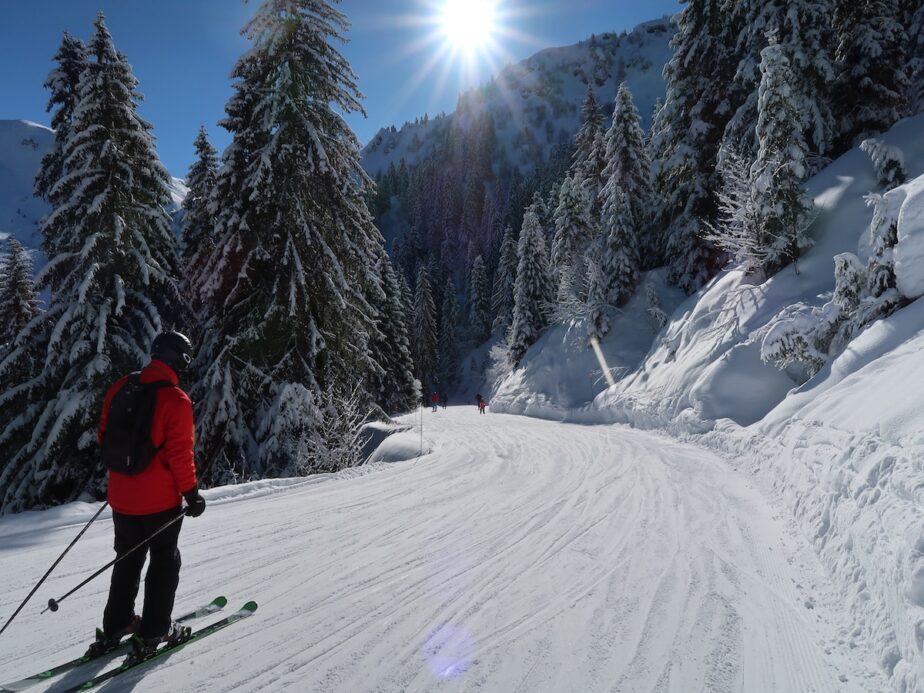
How Often Should You Tune Your Skis?
The frequency of ski tunes depends on how often you hit the slopes. As a general rule, recreational skiers may benefit from a tune-up every 5 to 10 days of skiing.
However, if you notice reduced performance or difficulty in controlling your skis, it’s a clear sign that a tune-up is overdue.
Regular inspection and maintenance help keep your skis in peak condition, ensuring an enjoyable and safe skiing experience.
For those like me who frequently hit the slopes in the winter, I advise getting your skis tuned approximately every five days of skiing.
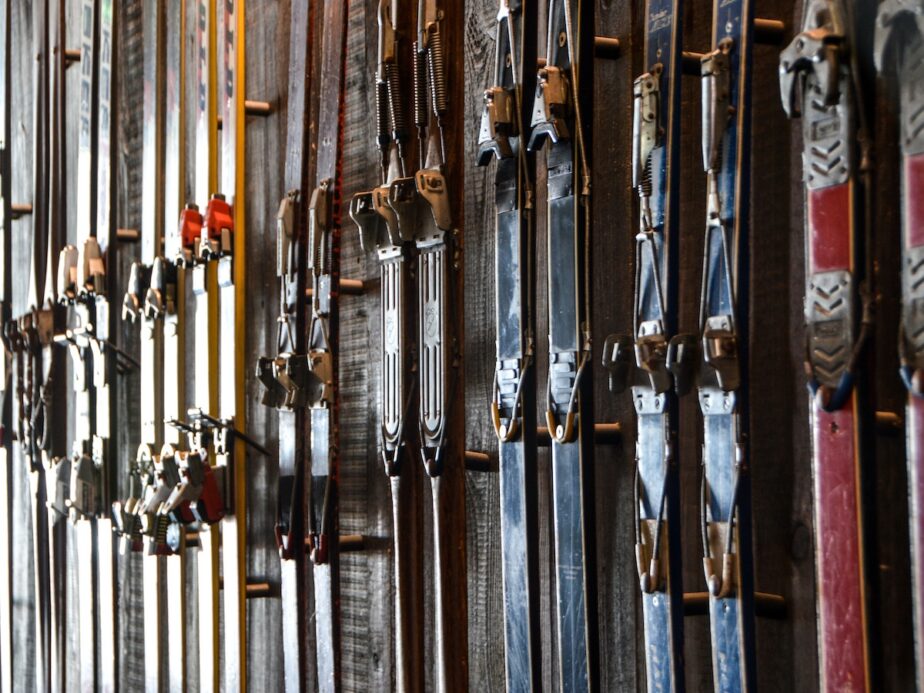
Basic Ski Maintenance Tips
Before jumping into the specific tips, it’s crucial to inspect your skis regularly. Now, let’s explore some basic maintenance tips to keep your skis in optimal condition:
✅ Keep Your Skis Dry
Always wipe off excess moisture from your skis after each use to prevent rust on the edges.
✅ Store Skis Properly
When not in use, store your skis in a cool, dry place, away from direct sunlight, to preserve their condition.
✅ Check Bindings Regularly
Ensure your ski bindings are adjusted correctly, and perform routine checks to detect any issues promptly.
✅ Inspect Edges And Bases
Regularly inspect your ski edges for sharpness and the base for any damage. Address issues promptly to avoid further damage.
✅ Wax Your Skis Regularly
A crucial aspect of ski maintenance is waxing. Don’t wait until your skis feel sluggish on the snow; regularly waxing your skis helps maintain their glide and enhances performance.
Use the appropriate wax for the snow conditions you’ll be skiing in, and don’t forget to scrape off any excess wax for a smooth ride.
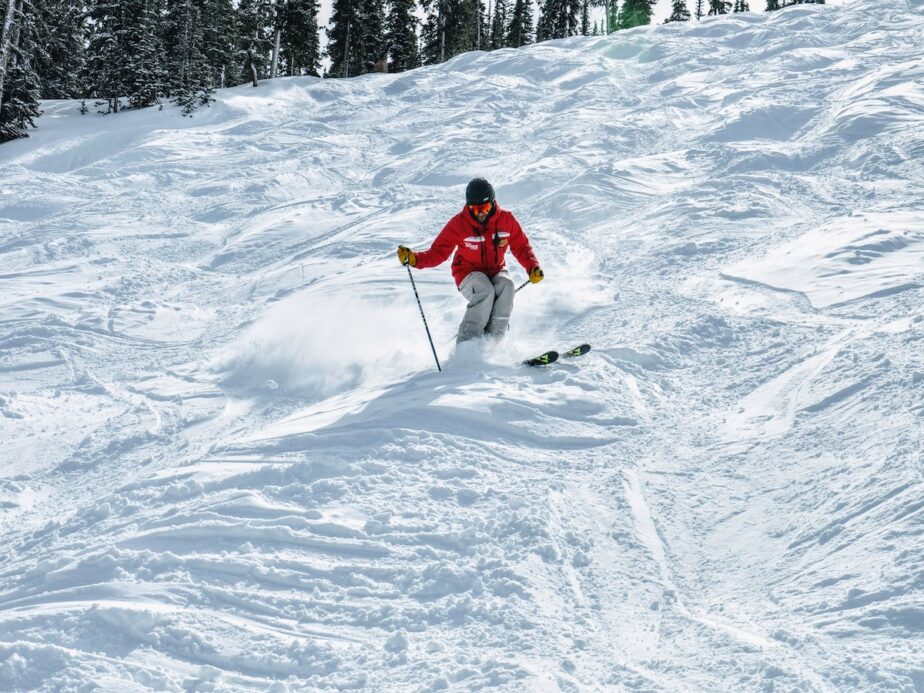
FAQs
Below I have answered a few of the most commonly asked questions about getting a ski tune up.
When should I repair my skis?
Repair your skis promptly if you notice significant damage to the bases or edges. Ignoring repairs can compromise your safety and skiing experience.
What do you need to tune ski edges?
Tuning ski edges requires specialized tools such as a diamond stone or file for sharpening and smoothing out imperfections.
How do you know if your skis need to be waxed?
If your skis feel sluggish on the snow or are difficult to control, it’s a sign that they may need waxing. Regular waxing enhances glide and overall performance.
Can you wax your own skis?
Waxing your skis at home is feasible with the right tools and knowledge. However, for a comprehensive tune-up, professional services are recommended.
How many days does ski wax last?
The lifespan of ski wax depends on factors like snow conditions and frequency of use. Generally, you may need to wax your skis every 3 to 5 days of skiing.
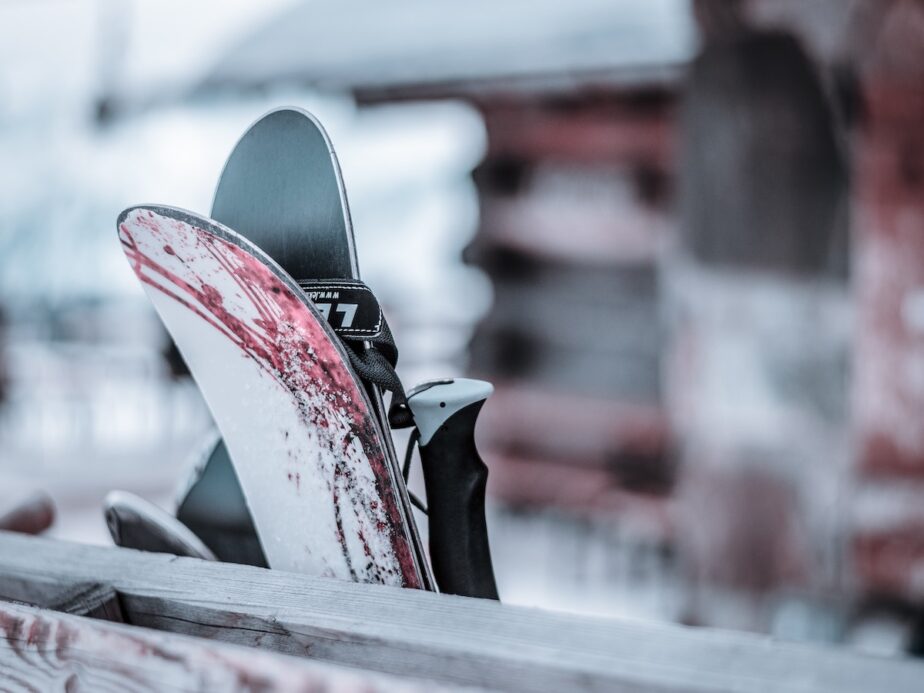
Conclusion
Taking care of your skis is essential for a seamless and enjoyable skiing experience.
Whether considering the cost of a ski tune-up, exploring the feasibility of DIY maintenance, or understanding the components of a full ski tune, prioritize the health of your equipment.
By following basic maintenance tips and addressing issues promptly, you’ll ensure that your skis are always ready for the next adventure on the slopes.
As someone who loves skiing, I’ve found that my skiing adventures are at their finest when my skis are freshly waxed and tuned.
The difference is evident when navigating the slopes, and the quality is much better when a professional does it rather than attempting a DIY approach. I wholeheartedly recommend it for an elevated skiing experience.
So, gear up, hit the mountains, and embrace the thrill of skiing with well-maintained equipment.